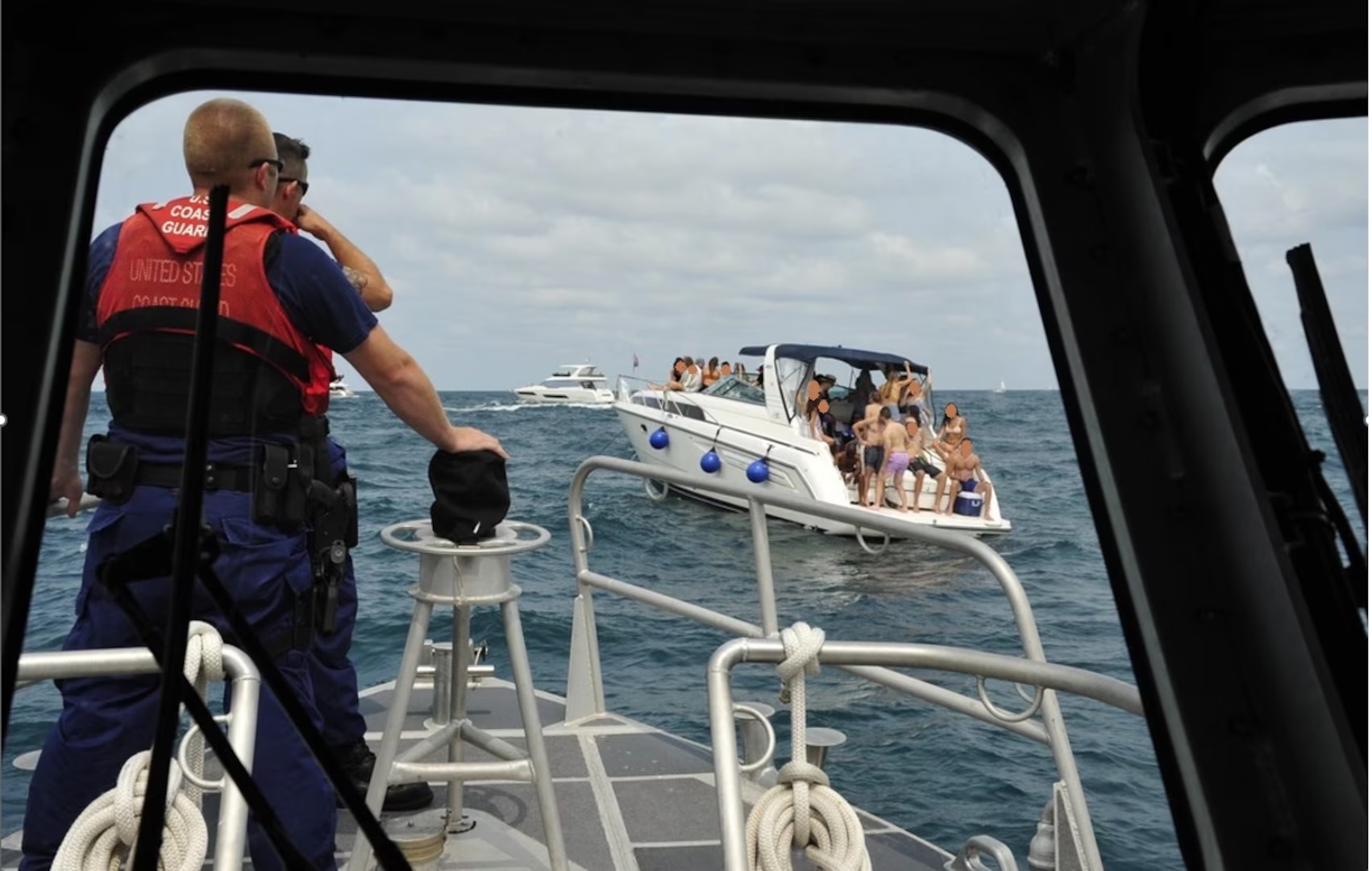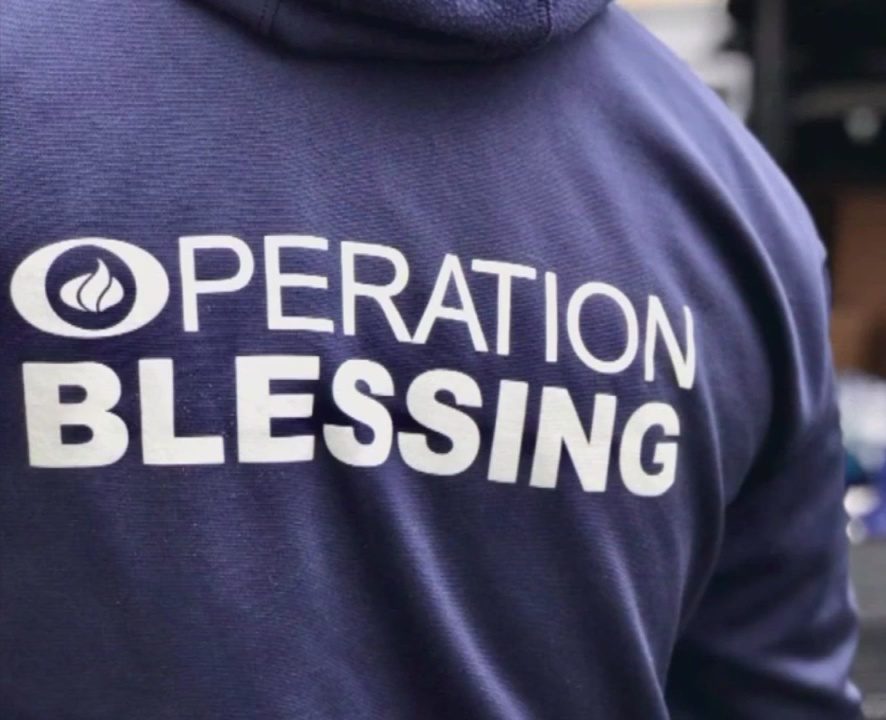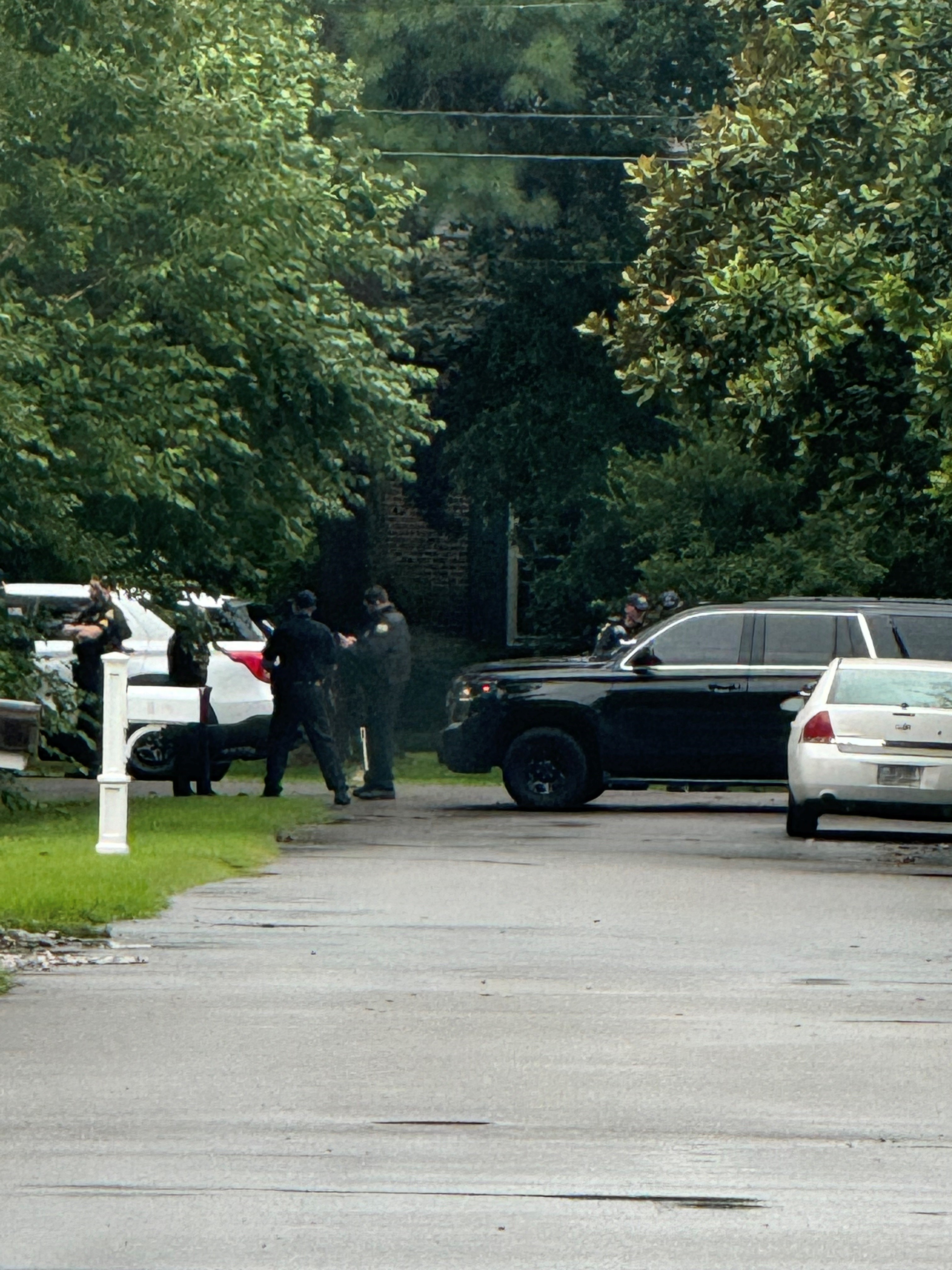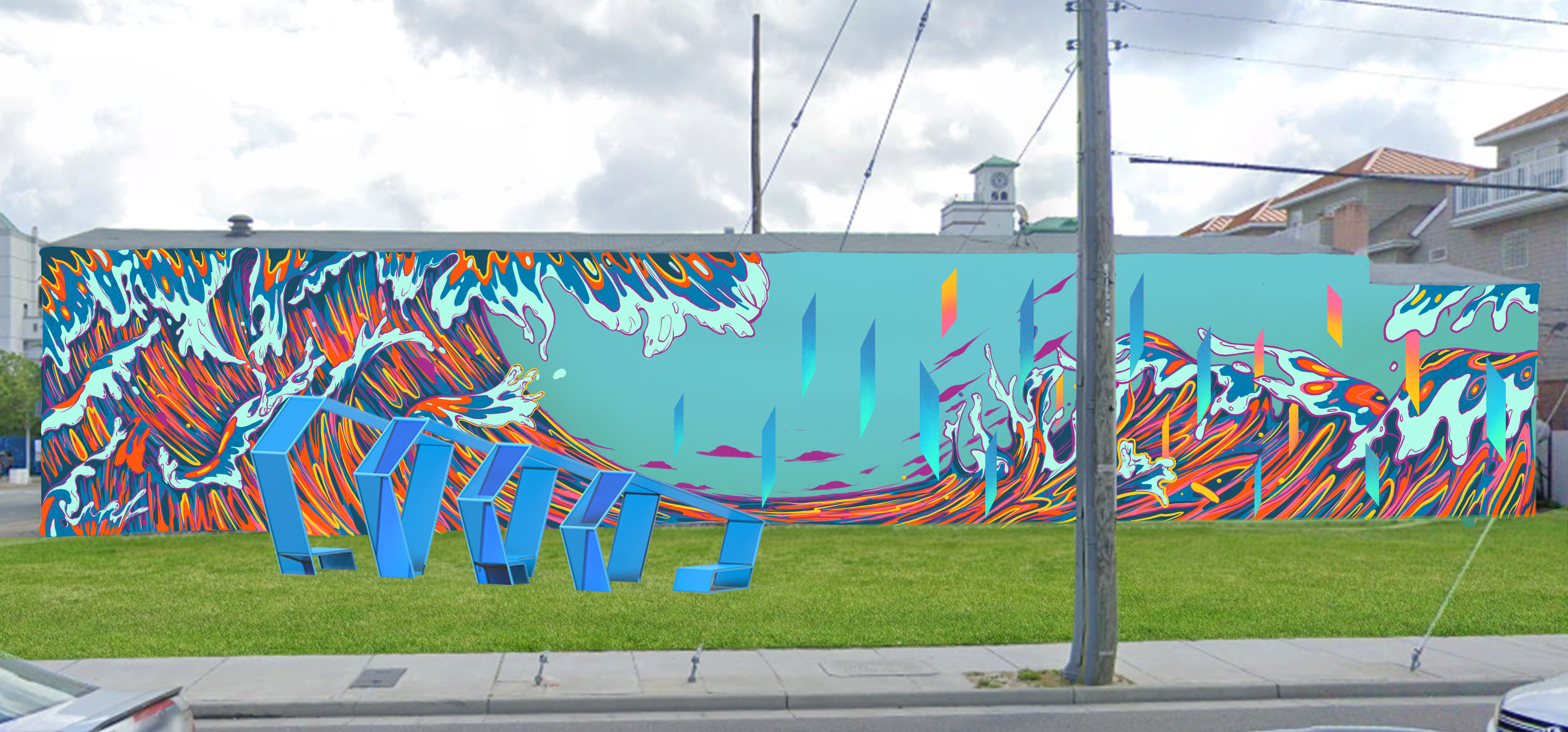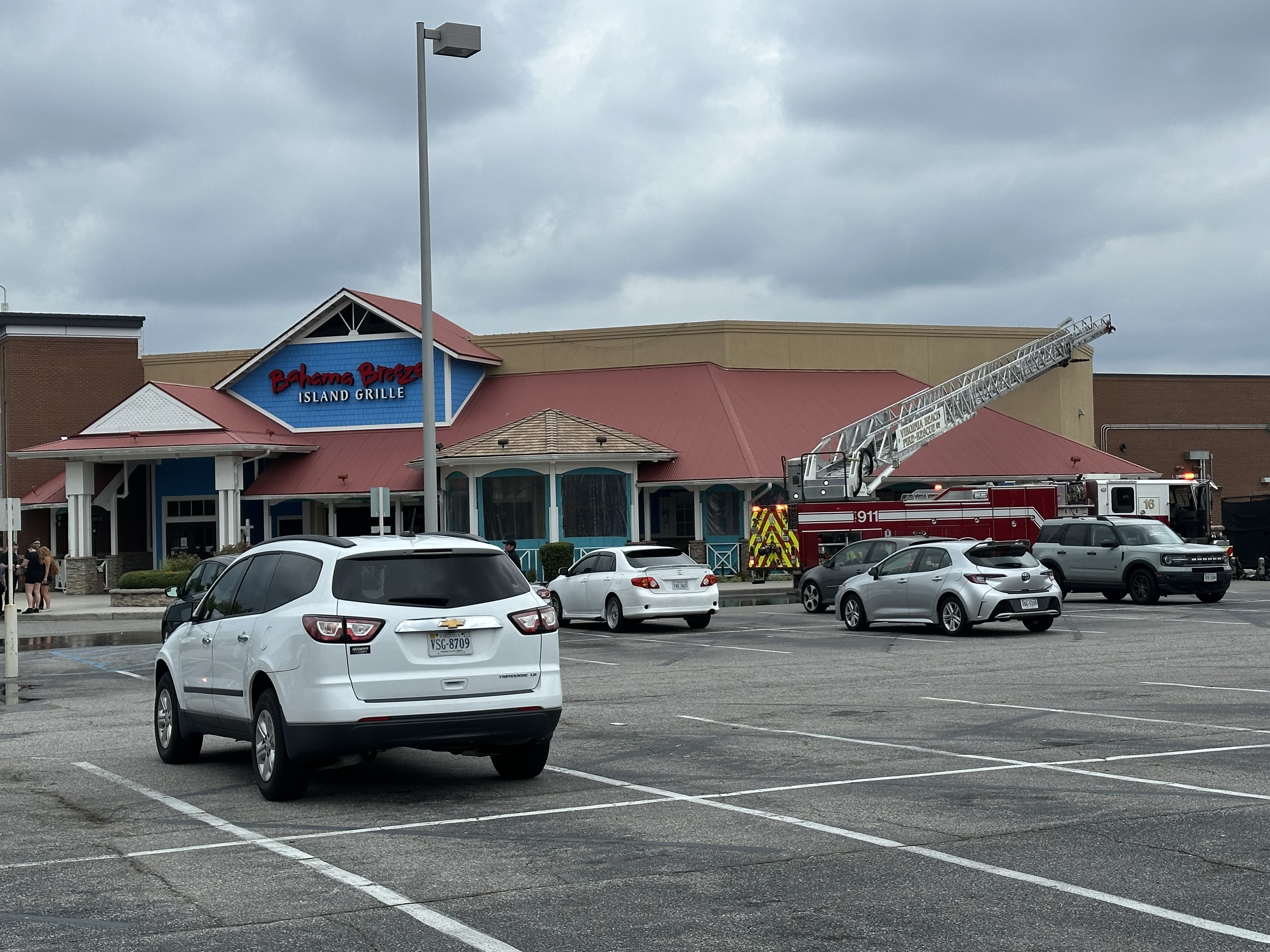DALLAS (NEXSTAR) — A new study of COVID-19 from researchers at London’s King’s College found there are six distinct types of the virus with different symptom groups. The data was uncovered using a tracking app following 1,600 patients in the U.K. and United States during March and April.
The researchers behind the study hope the data helps doctors treat people and more accurately predict the type of medical care they might need.
Here are the six clusters of symptoms outlined in the study, according to CBS News:
- Flu-like with no fever: Headache, loss of smell, muscle pains, cough, sore throat, chest pain, no fever.
- Flu-like with fever: Headache, loss of smell, cough, sore throat, hoarseness, fever, loss of appetite.
- Gastrointestinal: Headache, loss of smell, loss of appetite, diarrhea, sore throat, chest pain, no cough.
- Severe Level 1, fatigue: Headache, loss of smell, cough, fever, hoarseness, chest pain, fatigue.
- Severe Level 2, confusion: Headache, loss of smell, loss of appetite, cough, fever, hoarseness, sore throat, chest pain, fatigue, confusion, muscle pain.
- Severe Level 3, abdominal and respiratory: Headache, loss of smell, loss of appetite, cough, fever, hoarseness, sore throat, chest pain, fatigue, confusion, muscle pain, shortness of breath, diarrhea, abdominal pain.
“I think it’s very, very interesting,” Dr. Bob Lahita told CBSN. “Among the patients I see, those who recovered, many of them present different ways: some people with fever and some without fever, and some with nausea and vomiting, some people with diarrhea, etc.”
The researchers have been able to predict the likelihood patients suffering from each of the symptom clusters might need breathing support. For example, the first type, “flu-like with no fever,” has a 1.5% chance of needing breathing support such as a ventilator. To contrast, the second type, “flu-like with fever,” has a 4.4% likelihood.
According to CBS News, the most severe type of COVID-19, “severe level three, abdominal and respiratory,” carries a 20% chance patients would need breathing support.
The U.K. researchers discovered patients in the severe clusters trended older and often had pre-existing conditions.


